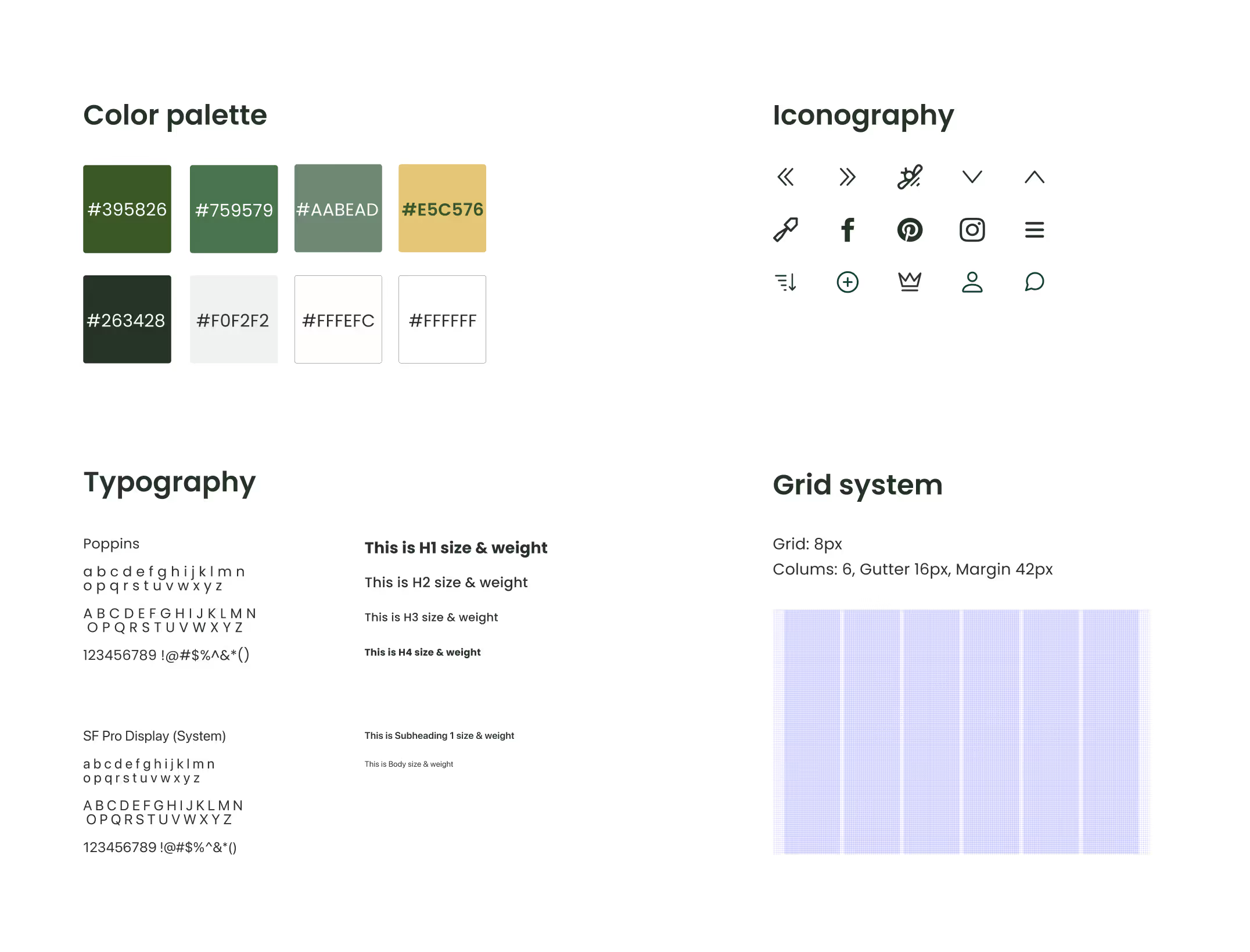Strategic competitive analysis
The challenge we faced right away was understanding market gaps so that we could identify differentiation opportunities for Gardenstead.
We evaluated 6 existing platforms using Nielsen Norman Group's usability heuristics focused on conversion optimization.
Direct Competitors
- The Plant Club: Premium plant care subscriptions
- Planta: Freemium plant identification and care app
- Gardenista: Content-driven gardening lifestyle platform
Indirect Competitors Analysis
- Wondrium: Educational video subscription model
- Create Academy: Creative skills learning platform
- Skillshare: Community-driven skill development
Key opportunity: no other platform combined social community engagement with personalized premium content curation, which is exactly where Gardenstead could capture market share.
Recruitment survey
The next step was to learn about these users firsthand, and my initial strategy was to leverage Gardenstead's substantial Facebook community to screen and recruit interview participants through a targeted survey.
Although we received a substantial number of responses within just 2 days, over 50% of respondents declined to schedule an interview call at all and many who indicated interest did not reply to our outreach.
So... we needed to pivot and get more creative with our recruiting.
I decided to broaden the target criteria and shifted from surveying only Gardenstead users, to surveying active members of online gardening communities more generally.
After sharing the survey to other adjacent Facebook groups, I successfully recruited 7 total interviewees and gained a wealth of quantitative data along the way.
User interviews
I conducted each of these interviews over the course of one week with a diverse pool of participants.
Each of these interviews focused on motivation-driven questions, like:
- Why do you join gardening communities?
- What drives your content consumption decisions?
- When would you think it's worth it to pay for content vs. seek free alternatives?
After the final interview, my team created an affinity map to assess and group highlights from each conversation to understand and uncover shared sentiments and themes.
Key insights
- Users need to see clear, personal value before paying for content
- Payment willingness correlates with users' gardening profile
- Visually appealing, scannable content motivates users to engage with a platform
- Inspiration-seeking drives engagement more than problem-solving
Personas
To more concretely envision Gardenstead's users, we created 3 primary personas.
Click or tap on the images below to get to know the Gardenstead personas.
















